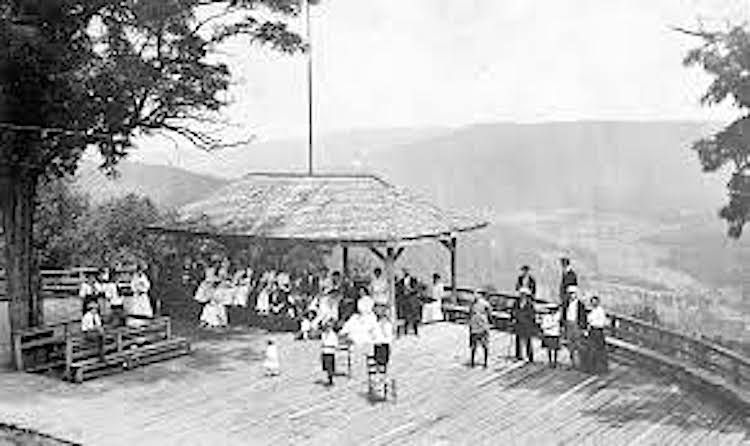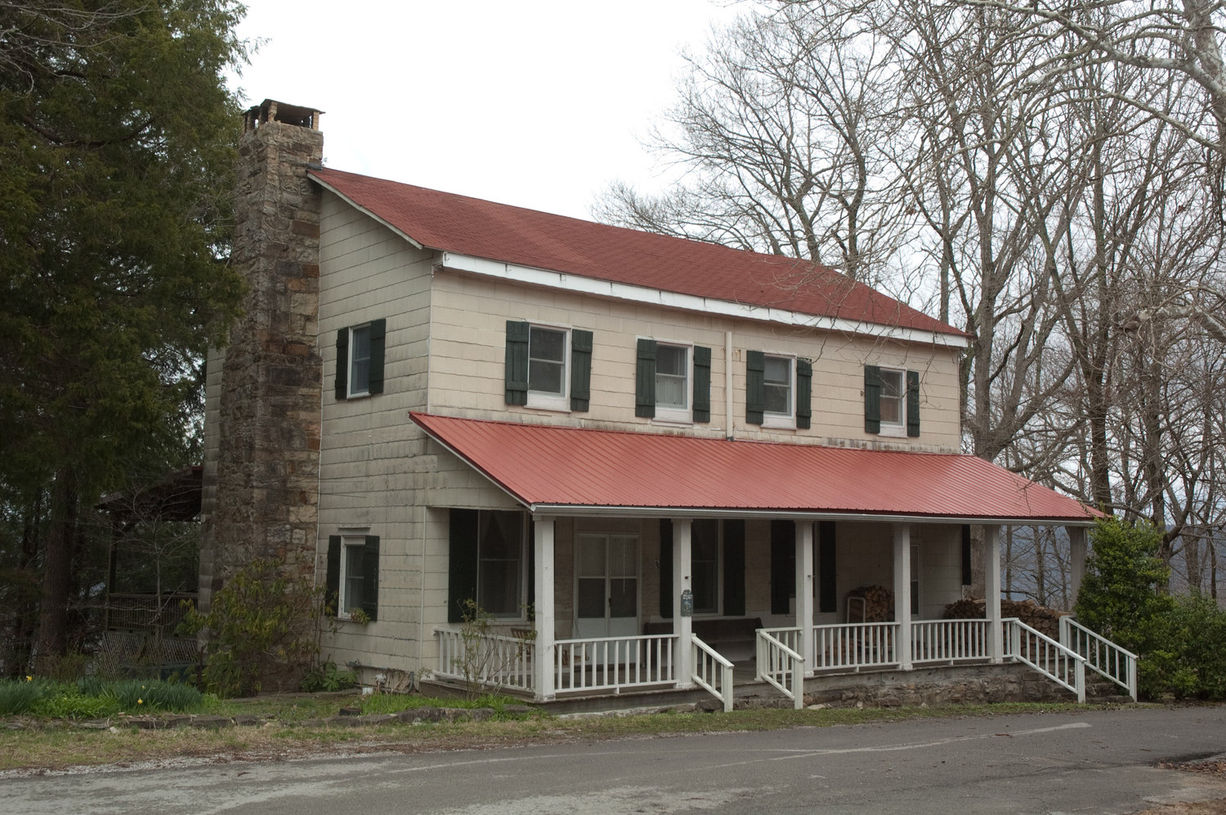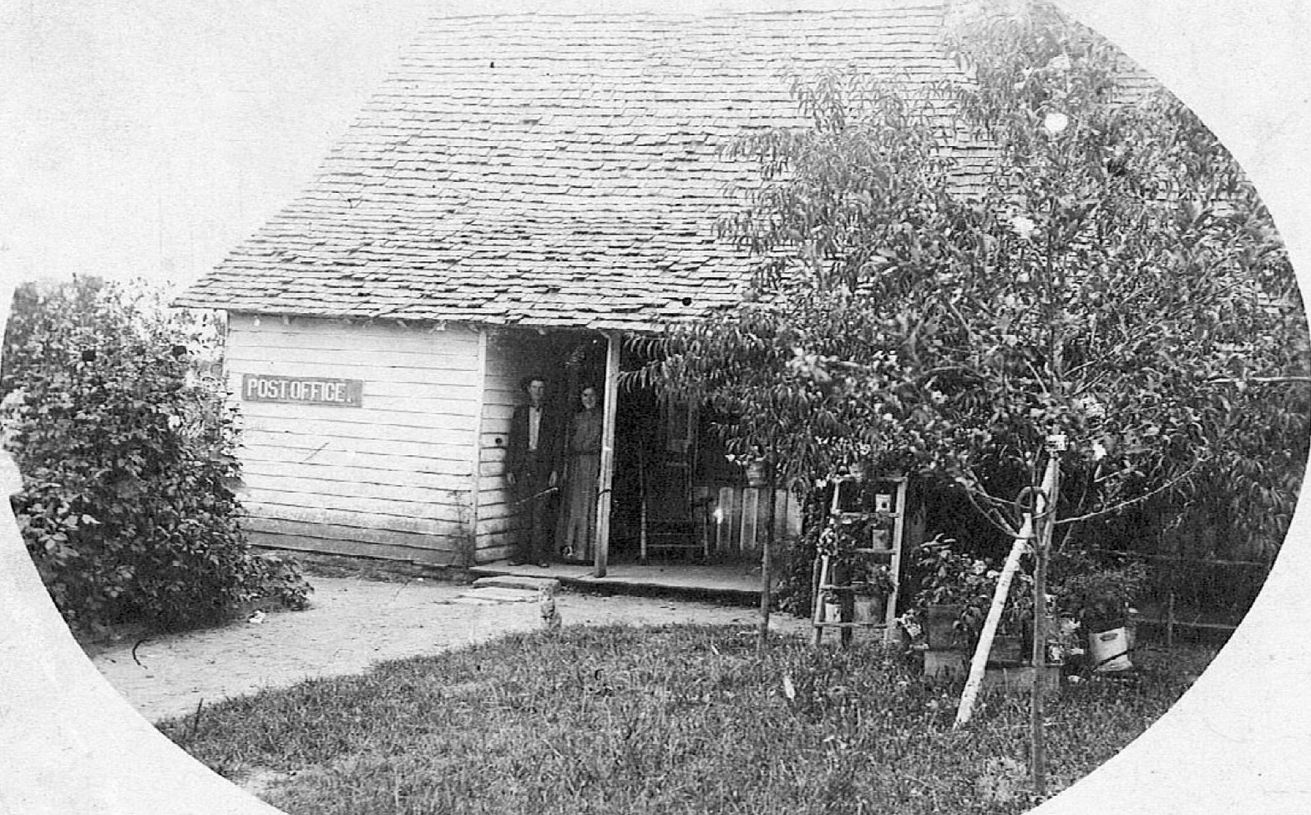Beersheba Springs was the first European settlement on the Cumberland Plateau. A chalybeate [mineral] spring was discovered along the ancient Chickamauga Trace in 1833 by Beersheba Cain (pronounced “BUR-sha-buh”). Believing the water to have medicinal value, George Smartt and Dr. Alfred Paine of nearby McMinnville built a tavern in 1837 by to accommodate travelers and visitors. They formed the Beersheba Springs Company, which was incorporated by the state legislature in 1839.
In 1854, John Armfield, a former slave trader, purchased 1,000 acres, the original tavern, proprietor’s room, a row of guest cabins and Buck White’s residence. He proceeded to enlarge the tavern into a fashionable ‘watering place’ hotel. Under John Armfield’s influence, Beersheba Springs became a summer resort for southern plantation owners.
The Civil War interrupted the fortunes of the southern plantation owners and the cottages they had acquired were taken back by John Armfield. Many of the cottages were later acquired by successful business people, and some of their families still own the cottages today.
The Old Brown Museum, a former country store, now serves as a history museum for Beersheba Springs. Each summer, the town hosts the Beersheba Springs Arts and Crafts Festival on the grounds of the United Methodist Assembly.
The Beersheba Springs Historic District was listed on the National Register of Historic Places in 1980, and many of the homes in Beersheba trace their original form back to the mid-1800s.
Download the Beersheba Springs Walking Tour guide, and explore historic Beersheba Springs!
In and around Beersheba Springs

Beersheba Springs Historic District
A Self-Guided Tour of the Beersheba Springs Historic District
























